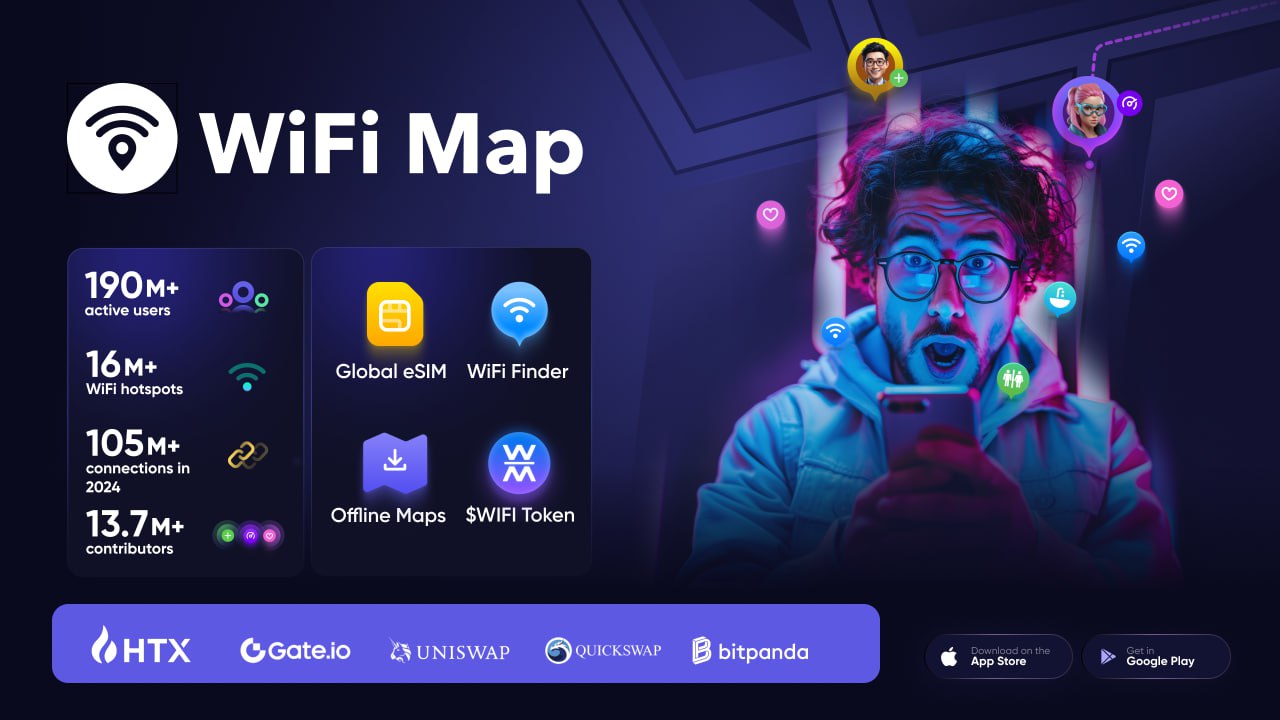WiFi Map Celebrates Record Growth and Innovations in 2024

As 2024 draws to a close, WiFi Map, the world’s largest decentralized crowdsourcing platform, celebrates a remarkable year marked by significant achievements and community-driven progress. The platform has seen explosive growth, surpassing 15 million new app installs, a 40% increase from the previous year, bringing its total downloads to 190 million. This growth underscores WiFi Map’s global appeal and relevance in today’s interconnected world. Additionally, over 700,000 new contributors joined the platform, pushing the total contributor count to 13 million, with expectations to reach 14 million soon. The introduction of the $WIFI utility token has also revolutionized user engagement, with 3.6 million tokens distributed as rewards, significantly boosting participation rates to an impressive 4.5-5%.
In 2024, WiFi Map launched several transformative features, including a dynamic layer system that allows for the rapid deployment of new categories for real-world data, such as public restrooms and drinking fountains. The platform’s amenities contribution feature gained traction, with contributors adding over 20,000 amenities, 50,000 photos, and 45,000 reviews in just a few months. The number of newly added WiFi hotspots grew by 22% compared to 2023, while contributors performed an average of 408,000 speed tests per month, a 20% increase from the previous year, reinforcing WiFi Map’s reliability as a resource for assessing network performance.
Looking ahead to 2025, WiFi Map aims to enhance its impact by migrating all data to the blockchain for improved transparency and security, expanding the utility of the $WIFI token ecosystem, and increasing active wallets and transaction volumes. The platform is committed to bridging the digital divide and ensuring that connectivity becomes a universal right. With community, transparency, and innovation at its core, WiFi Map is poised for another transformative year in 2025, inviting users to join its global community and contribute to the decentralized network that is redefining connectivity.
Related News





